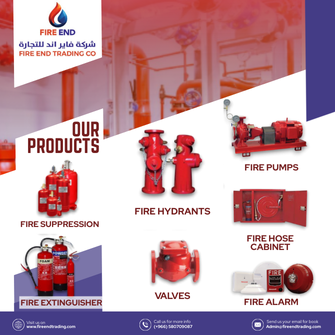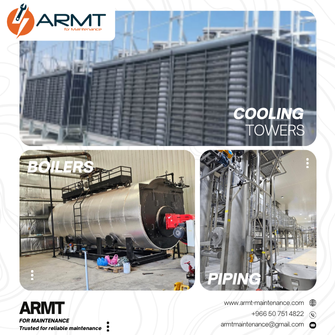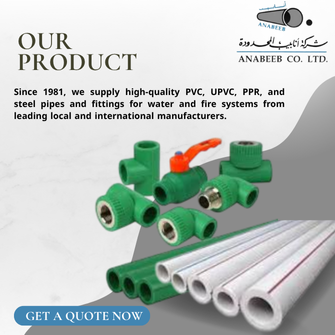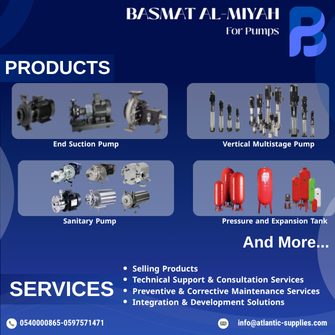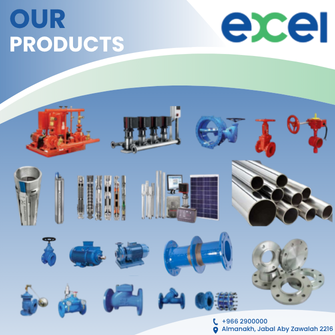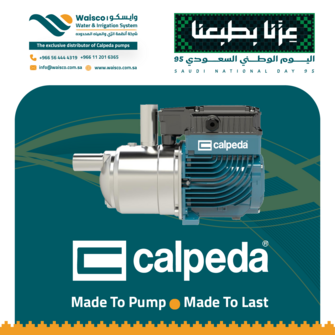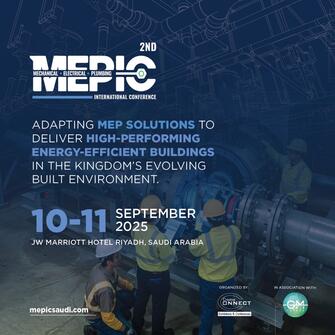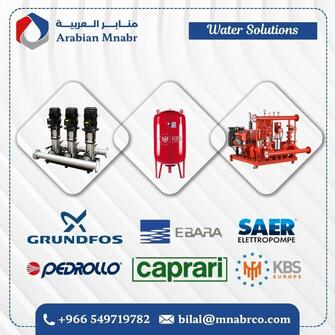advertisement
Gallery
Product Information
Thermal energy storage (TES) is achieved with widely different technologies. Depending on the specific technology, it allows excess thermal energy to be stored and used hours, days, months later, at scales ranging from the individual process, building, multiuser-building, district, town, or region. Usage examples are the balancing of energy demand between daytime and nighttime, storing summer heat for winter heating, or winter cold for summer air conditioning (Seasonal thermal energy storage). Storage media include water or ice-slush tanks, masses of native earth or bedrock accessed with heat exchangers by means of boreholes, deep aquifers contained between impermeable strata; shallow, lined pits filled with gravel and water and insulated at the top, as well as eutectic solutions and phase-change materials.
Other sources of thermal energy for storage include heat or cold produced with heat pumps from off-peak, lower cost electric power, a practice called peak shaving; heat from combined heat and power (CHP) power plants; heat produced by renewable electrical energy that exceeds grid demand and waste heat from industrial processes. Heat storage, both seasonal and short term, is considered an important means for cheaply balancing high shares of variable renewable electricity production and integration of electricity and heating sectors in energy systems almost or completely fed by renewable energy.
Looking for new opportunities in the Saudi market?
Receiving real RFQs is the key for new orders.
Here in Project Suppliers platform we gain you the new opportunity.

